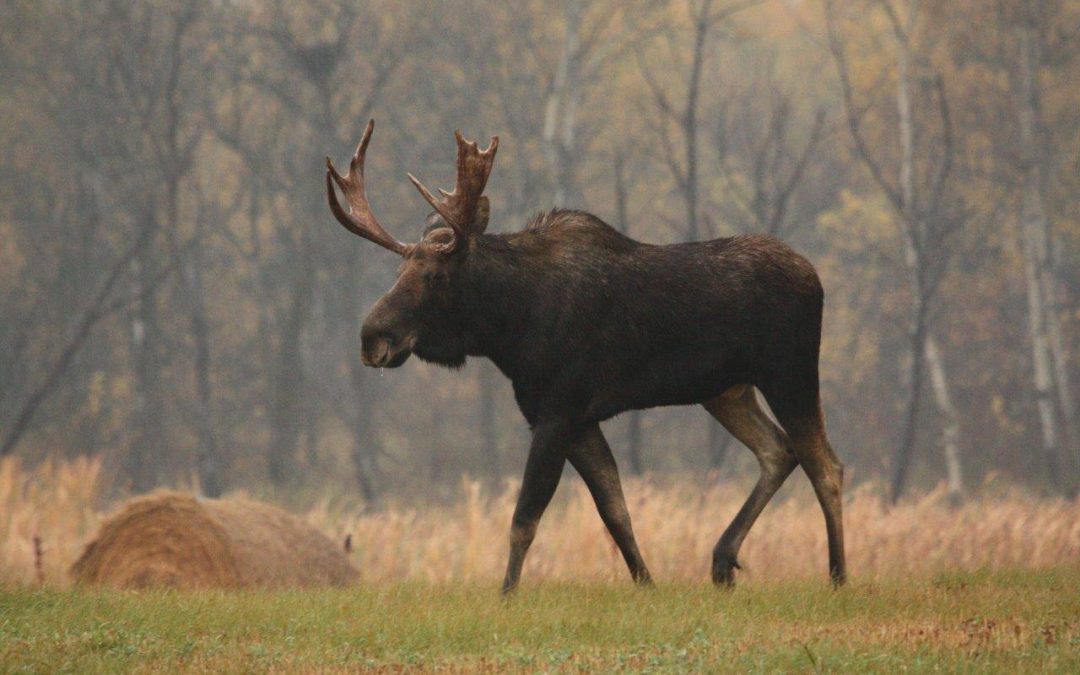Biologists are targeting several areas of the province to better understand the spread of Chronic Wasting Disease in moose, elk and deer.
The disease attacks the nervous system of the animal, of which there is no known cure.
The Ministry of Environment is asking hunters in wildlife management zone 50, which is east of Candle Lake and Prince Albert to submit the head of the animal for testing.
“We selected a number of zones in our highly endemic areas, where we have really high infection rates. We also looked at areas where we had lower infection rates, particularly along the Manitoba border, and up in the boreal transition zone, which is a sensitive area and an area of concern, because we’re worried about Chronic Wasting Disease moving further north into the boreal forest,” said Iga Stasiak, Wildlife Health Specialist.
CWD is spread through bodily fluids, direct contact, large congregations or sharing water and food supplies.
“In parts of Saskatchewan, particularly the South Saskatchewan River Valley, we’re seeing infection rates that are the highest infection rates anywhere in the world. We’re seeing rates in male mule deer that are exceeding 80 percent, about half of that in female mule deer, slightly lower in white tailed deer around 30 to 40 percent in males, and so the highest infection rates. And then as we move eastward and northward, up into the boreal regions in eastern Saskatchewan, we see lower infection rates,” explained Stasiak. “We still don’t know how the disease will be transmitted or persist up in the boreal ecosystem, because we have not found it there yet. But based on what we’ve seen elsewhere across North America, we expect the disease would behave in this much the same way it is known to persist for a long time in the environment, in soil, in environmental sources.”
Testing for CWD is free of charge. While there are no documented cases of CWD in humans, hunters are advised to refrain from eating or distributing meat that has tested positive. If your animal tests positive, you should dispose of the carcass and meat.
